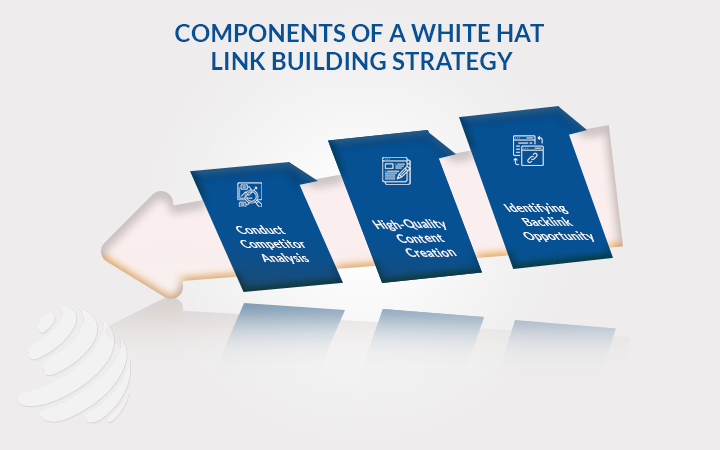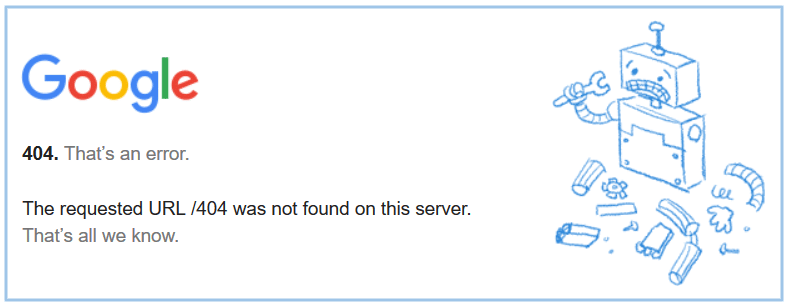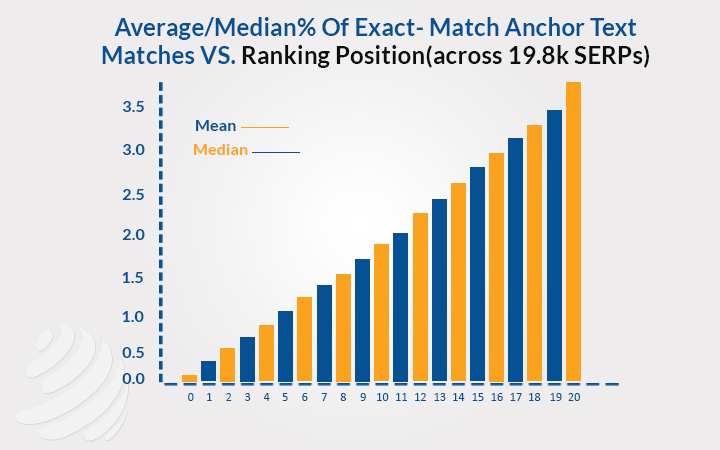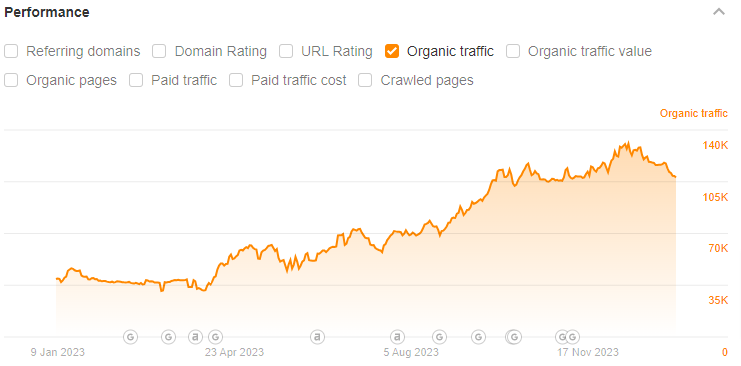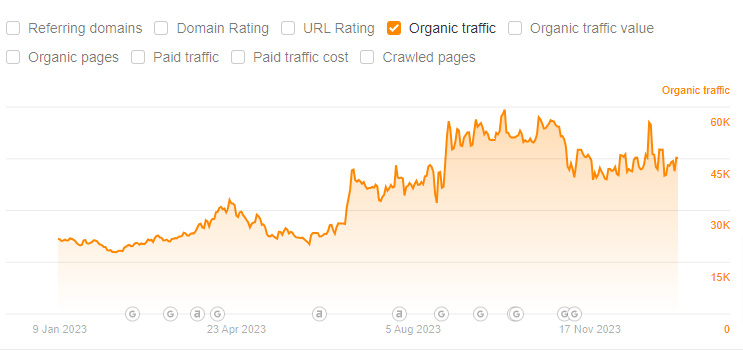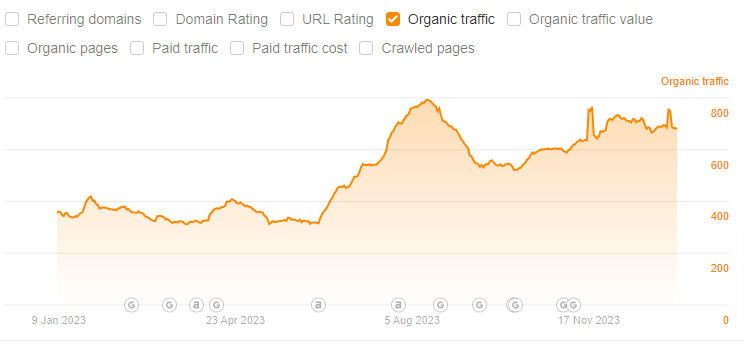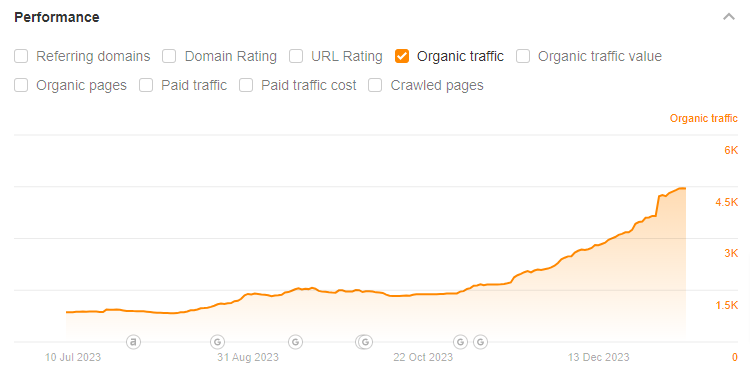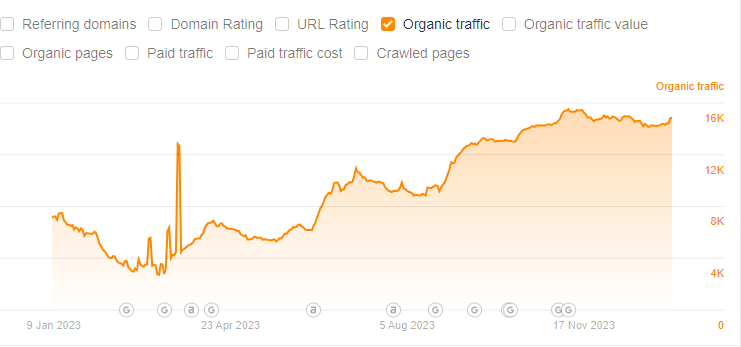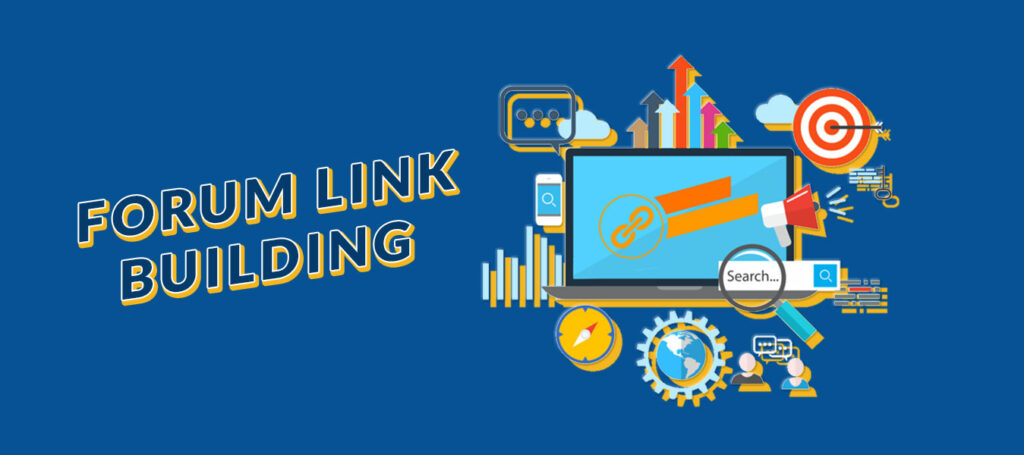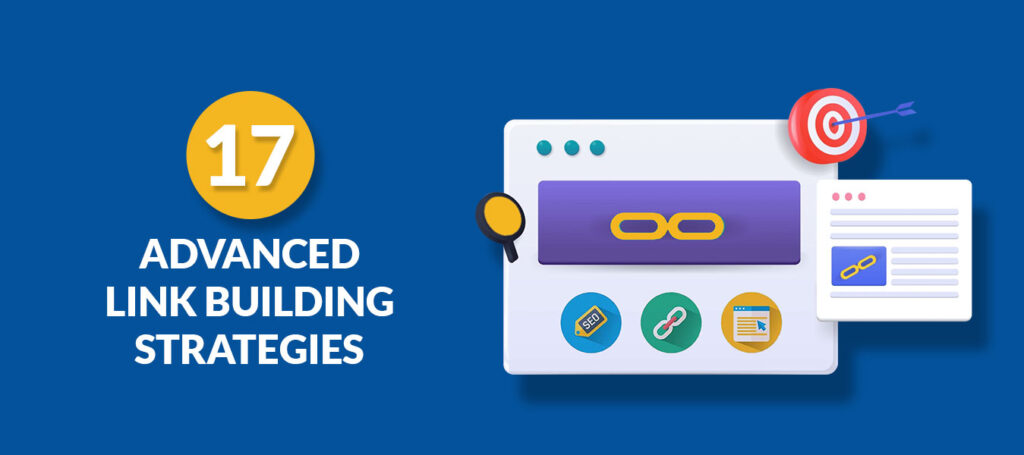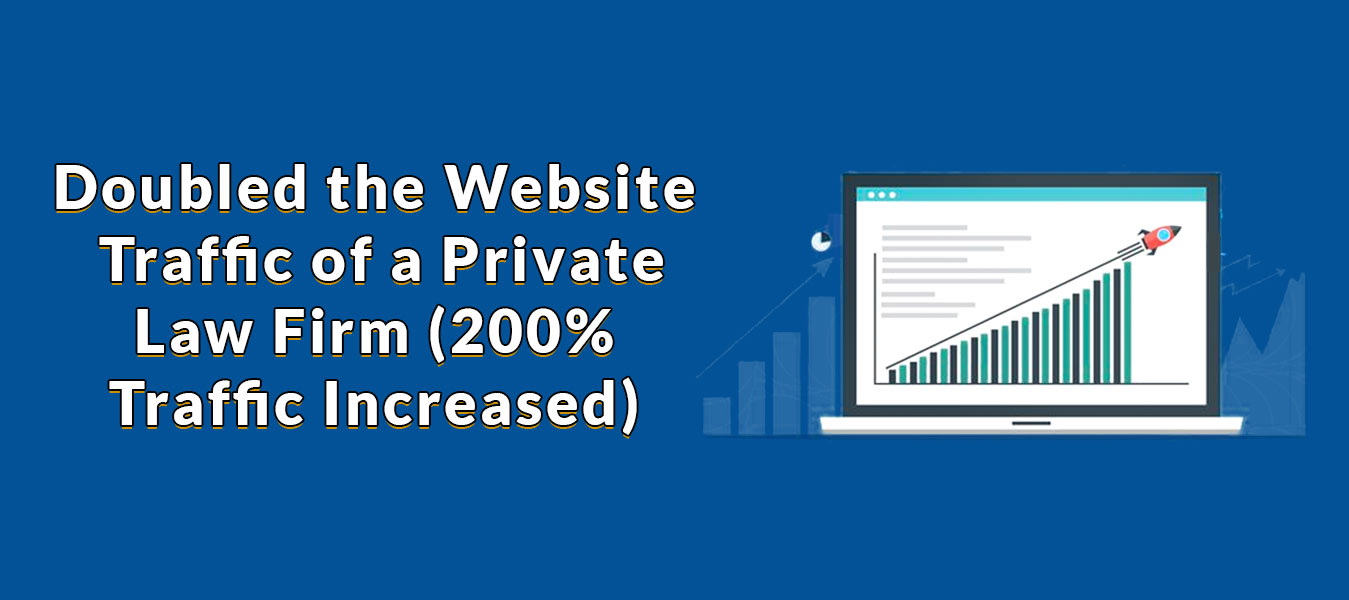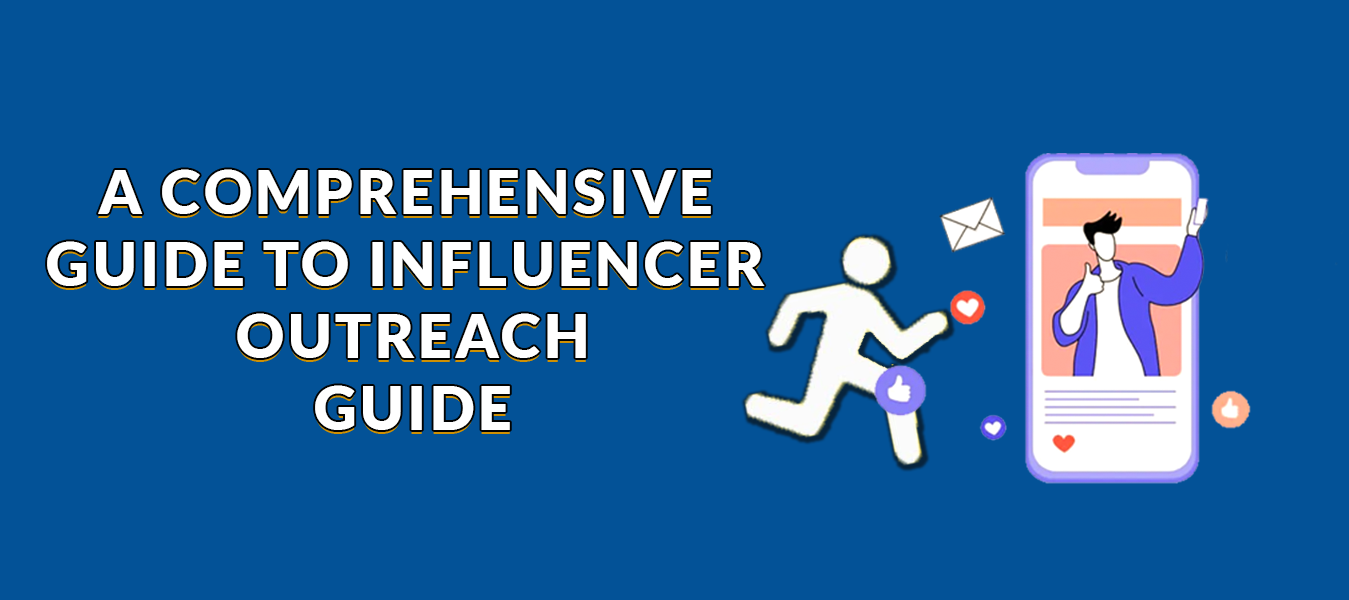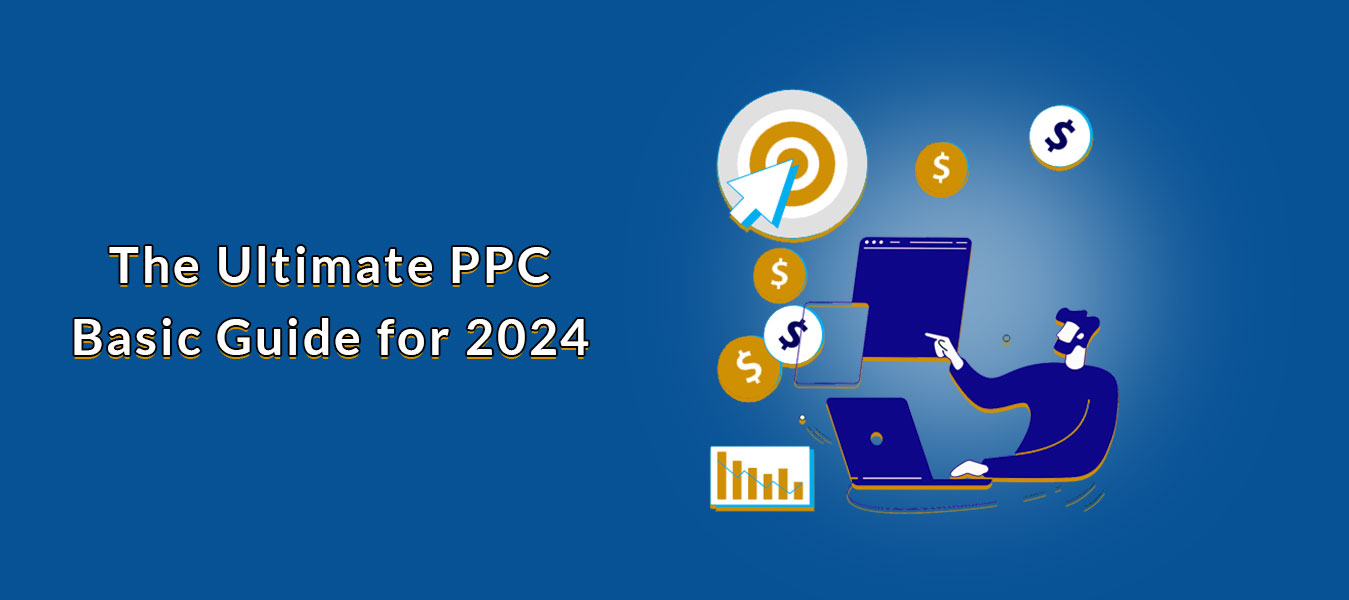Despite several Google updates regarding search engine rankings, one of the few digital marketing strategies that are still alive is link building. However, link-building is only helpful as long as you are doing it following white hat strategies.
Read below as we describe a comprehensive white hat link building guide explaining the right methodology of link-building for long-term success.
30-Second Summary:
White hat link-building involves adopting practices that are in alignment with Google’s search algorithm and recent link-building updates. When devising a white hat link building strategy, be sure to focus on high-quality content, natural and quality backlinks, and link diversity. This will provide you with the benefits you aimed at.
What is White Hat Link Building?
Let’s first explain what link building is:
Link building is the process of acquiring backlinks from other websites to your own website. This is done for the sake of improved search engine rankings and increased website visibility.
White hat link building means acquiring backlinks from reputable and authoritative websites by using methods that align with search engine guidelines. You can simply say that white hat backlinking involves earning links rather than buying them.
This approach then leads to long-term SEO benefits and increased website authority.
On the other hand, black hat link-building strategies are against search engine guidelines and are unethical tactics that mostly include keyword stuffing and using private blog networks.
Components of a White Hat Link Building Strategy
-
Conduct Competitor Analysis
Before you start making a white hat link-building strategy, you will need to conduct a thorough competitor analysis that includes things like checking the number of backlinks your competitors have and seeing what type they are.
There are basically three white hat link-building types, including natural links, outreach-based links, and editorial links. See what types of backlinks are performing well for them and focus on creating those types of backlinks for your website.
-
High-Quality Content Creation
Quality content is always encouraged by search engines like Google. If you want to earn backlinks rather than manipulating them or buying some, you will need to produce high-quality content on all your online platforms.
This includes creating well-researched blog posts on your websites that can act as pillar content of your industry and creating meaningful and useful infographics for your social media channels. This type of content will earn you backlinks without asking for them and lead to building your authority in the industry.
-
Identifying Backlink Opportunities
If you want to get backlinks from reputable sources in your industry, you will need first to identify the backlink opportunities. To do this, the best practice is to find high-authority and niche-relevant websites in your niche and reach out to site owners and editors for link-building opportunities.
These backlinks earned through fair outreach practices within your niche and industry are called white hat SEO backlinks, and are the best way to increase your website’s authority and traffic organically.
-
Acquiring Backlink Opportunities
When you reach out to bloggers and top businesses in your niche for link-building opportunities, there will be one of three ways you can get backlinks from them. These include guest posting, niche edits, and broken link building.
To post guest blogs on other websites, you will need to contribute guest posts or articles for link acquisition. To do this, you will need to establish relationships with websites open to guest contributions that can provide valuable and relevant content for their audience.
The other way is to identify broken links on authoritative websites and then propose your content as a replacement. All of these practices are considered completely white hat and contribute to the overall authority and credibility of your website.
White Hat Link Building Best Techniques
White hat link-building is all about adhering to the best practices of link-building by creating and publishing high-quality content for organic growth and increased visibility on search engines. For your reference, we are jotting down some of the best white hat link-building practices you can follow while building a backlink profile for your website.
-
Earning Links Naturally
As mentioned above, there are some methods to earn links naturally towards your website. One of these ways is to create content that is valuable and shareable. If your content is informative and valuable enough that it solves the problem of users searching for a specific query, it will eventually get shares and engagement from the audience.
Also, be sure to create shareable content that can be shared on multiple other social media and other platforms. Doing this will naturally attract links from other websites and resources, thereby adding to your overall credibility and trustworthiness.
Another way to earn natural links is to utilize social media channels to promote your content. The content you create for your website should be repurpose-able so it can be used easily on other platforms. This will increase your likelihood of getting natural links.
-
Focusing on Quality Rather than Quantity
When you are creating content, just be sure that the content you create is not in bulk quantity but follows the required quality and relevancy metrics outlined by Google and other search engines. Also, the links and anchor texts placed in the content should be relevant and contextual to improve the user experience and reading score.
Moreover, make sure to prioritize links from sources that are authoritative and credible within your niche. These links coming from authoritative and reputable websites will add to the credibility of your link profile.
-
Following Google Guidelines and Policies
Google has rolled out many updates regarding link-building strategies. In these updates, many websites got penalized for not following ethical link-building practices. While these updates had different news and algorithm changes, each one of them focused on white-hat link-building and SEO practices.
So, one of the best ways you can ensure white hat link building is by steering clear of the practices that are known for manipulating search engine algorithms. These include adopting link schemes, buying links, and employing spammy tactics.
Even if you have adopted these strategies before, you can minimize the effect of these low-quality links. In this context, you can use Google’s Disavow Tool to disavow links to your site from sites you don’t like. Doing this will benefit you and also improve your website’s SEO.
Metrics and Tools for White Hat Link Building
There are several metrics and white hat link building methods you can adopt to measure the success of your link building efforts. These link-building tools will help you analyze the performance of your strategies and make efforts to refine these strategies.
Below are some metrics that are used to measure how successful your link-building campaign is and whether it is white hat or not.
-
Domain Authority and Page Authority
Domain authority and page authority are metrics that are used to determine the authority and relevance of a website in a specific subject area. This also shows how credible and authoritative your website is as compared to the others in the same industry.
In order to see if your link-building efforts are bringing fruit, you can see how both of these factors are changing. It is advised to track these metrics on a regular basis to find out if you are doing it the right way or not.
-
Organic Traffic and SERP Rankings
The ultimate goal of white hat link building strategies is to attract organic traffic to your website and increase its SERPs (Search Engine Results Pages) rankings.
To see if your link building strategies are working, it is advised to monitor changes in organic traffic patterns and SERP rankings for targeted keywords.
-
Link Diversity and Quality
If you want to maintain a high quality and balanced link profile, it is advised to keep assessing how diverse your link profile is and whether you have high quality backlinks coming to your site or not.
To do this, you will need to analyze the variety of sources linking to your site and see how much quality content and strong link profile they have. This can be found by checking authority, relevance, and trustworthiness of websites.
-
Tools for White Hat Link Building
There are several backlink analysis tools that can help you analyze your backlinks and see how much quality and relevance they carry as compared to your competitors. These tools include Ahrefs, Moz’s Link Explorer, and SEMrush Backlink Analytics Tool.
These tools will help you analyze backlink profiles, which can help you identify new link opportunities and monitor competitors’ backlink strategies.
There are also several outreach and relationship management tools that can help you automate, boost, and manage your blogger outreach efforts. Some of these tools include BuzzStream, Pitchbox, NinjaOutreach, and several others according to your specific needs.
How to See if You Have White Hat Backlinks?
There are certain ways you can check if you have white hat backlinks. As mentioned above, not all types of links are weighed equally by Google and other search engines. Refer below to find some metrics that make your backlinks white hat.
-
The Linking Site is a High Authority Site
Google gives more value to links coming from high-authority sites rather than low-authority sites. Authority of a linking site is an essential determinant for Google to decide whether the link is a high-quality site or not.
This is called ‘Domain Authority. The more a site has domain authority, the more valuable its link becomes. In other words, the previous face of PageRank has changed. Quality has replaced quantity.
-
The link is Coming from a Niche-Specific Site
Sites link out to your site due to one of the following reasons:
- If they want to give a reference to the given information.
- If they want to give an example to elaborate on something.
- If they have to enhance readers’ knowledge on a subject matter.
This is all possible if their site is related to your site.
Like, if you have published an article related to different types of furniture, which articles are likely to link to your article?
Obviously, articles about lifestyle, home improvement, and décor rather than articles talking about digital marketing, SEO, or criminal law.
-
Link is coming from a New Site
Do you count the vote of a person twice? Hopefully, your answer is ‘no.’ The same is the case with Google. Google gives more value to a link if it is coming from a high authority, niche-specific, and NEW site.
Getting a link from the same site again and again does no good for your SEO efforts. The reason is that Google only gives value to the first link coming from a site.
Second and third links from the same website don’t contain equal value even if the site has a high domain authority.
That is why the best practice is to diversify your link profile and get backlinks from multiple websites. The more diversified link profile you have, the better it is for your SEO efforts.
In fact, a study shows that the number of sites linking to your website is directly correlated with the Google ranking.
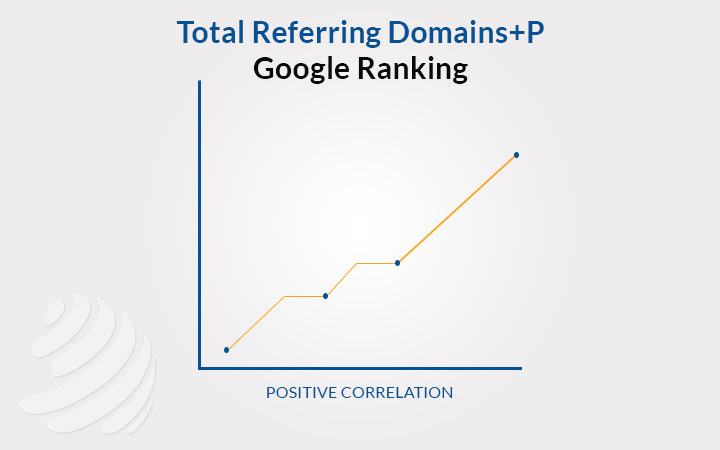
-
Link’s Anchor Text is a Keyword
There are varied opinions on what type of anchor text you should use to get the best results, along with avoiding Google’s penalties. Google considers keyword-rich anchor texts as a link scheme practice.
But using the right anchor text is also important because Google uses it to understand what the linked page is about and for which keyword it should be ranked.
As explained in a research paper of Google’s founders:
“The text of links is treated in a special way in our search engine. Most search engines associate the text of a link with the page that the link is on. In addition, we associate it with the page the link points to. This has several advantages. First, anchors often provide more accurate descriptions of web pages than the pages themselves. Second, anchors may exist for documents which cannot be indexed by a text-based search engine, such as images, programs, and databases.”
It shows that an anchor text is not ‘just a text used for linking.’ It is a valuable indicator that Google uses to understand the nature and topic of a page. So, it is good to use the keyword as the anchor text because it not only helps Google understand the page but may also help in improving the ranking for the keyword.
A study by Ahrefs found a correlation between the percentage of exact match anchor text and Google ranking.
-
Link is Coming Naturally to Your Site
Over the years, Google has become way smarter than it was a decade or even a year ago. It understands right away if a backlink is coming naturally or not.
For instance, you run an SEO blog, and you have posted various blogs talking about different dimensions of SEO, like link building, content marketing, guest posting, etc.
So, what looks more natural? All blogs getting some links, or only one blog getting many links? It is a brainer to understand that if someone is naturally linking to your site, then anchor text should be placed naturally.
For example, if you are talking about home improvement in a blog, adding a link to a real estate agent or doctor will seem unnatural and a spammy practice.
Conclusion
Till now, we have learned almost everything there is to know about white hat link-building practices. This white hat link building guide aimed at explaining every possible link-building strategy and what can be its benefits. This highlights the advantage of using ethical and sustainable SEO practices. This will not only improve your SERP rankings but also present you as an industry leader in your niche.
Frequently Asked Questions
Question 1: What is white hat link building?
The process of acquiring backlinks from reputable and authoritative websites using strategies that align with search engine guidelines is called white hat link building.
Question 2: What are some best practices for white hat link building?
Best practices include earning links naturally by creating valuable and shareable content, prioritizing quality over quantity in content creation, and adhering to Google guidelines and policies to avoid penalties.
Question 3: What should be the anchor text strategy for white hat link building?
Using relevant anchor text that is natural and not overly optimized with keywords is crucial. Google values contextual and meaningful anchor text that aligns with the linked page’s content.
Question 4. How can I identify white hat backlink opportunities?
It involves finding high-authority and niche-relevant websites in your industry and reaching out to site owners and editors for link-building opportunities.
Question 5. What are the primary components of a white hat link building strategy?
The key components include competitor analysis, high-quality content creation, identifying backlink opportunities, and acquiring backlink opportunities through practices like guest posting, niche edits, and broken link building.
Question 6: How often should I assess my link-building strategy?
It’s advisable to regularly monitor and assess your link-building strategy, reviewing metrics, and adjusting strategies as needed to maintain ethical practices and stay aligned with search engine guidelines.



